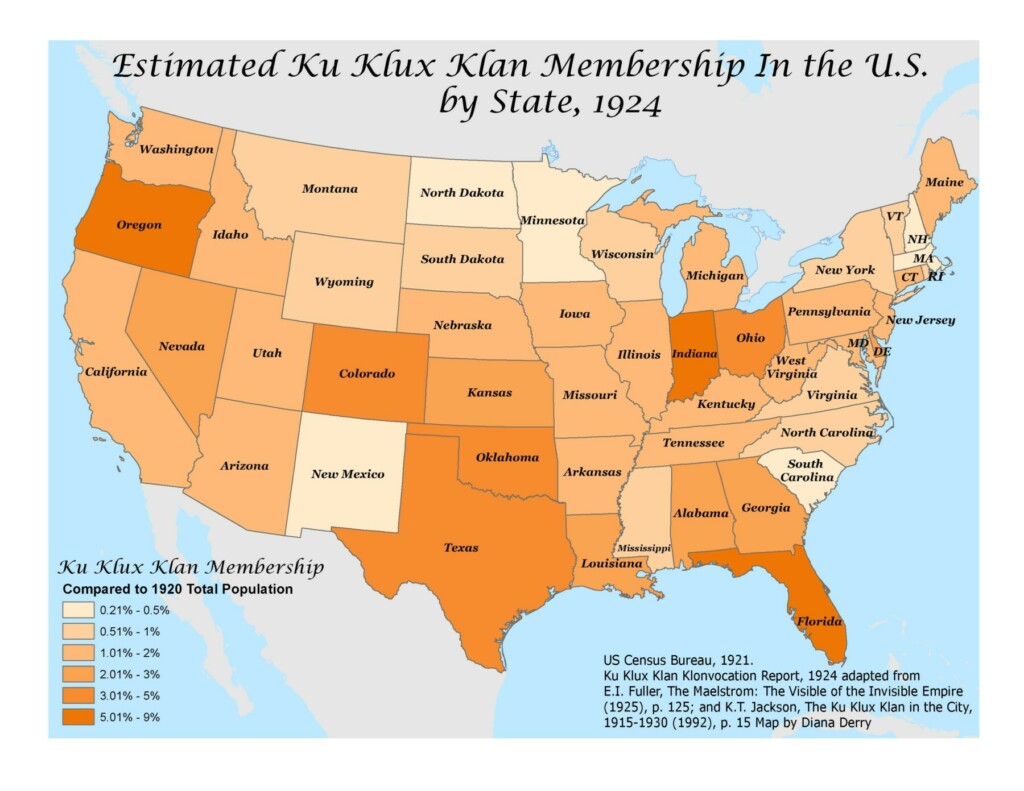1920s Unit Module One - Introduction
*******
Listen to "1920s Introduction - Module One" on Spreaker.
*******
The links below will help you with translating tools between English and Spanish.
The links below will help you with translating tools between English and Spanish.
1. Audio of a words in both English and Spanish. Will also translate phrases.
2. Google Search - Espana: The word can be typed in English, and the search finds results in Spanish, including images
3. Also Google Arabic is available.
2. Google Search - Espana: The word can be typed in English, and the search finds results in Spanish, including images
3. Also Google Arabic is available.
4. Google Translate:Can work in any language necessary
**************888888888888888*******************8888888888888888888**********
.
**************888888888888888*******************8888888888888888888**********
.
* What do you see?
* What questions do you have?
* What do you think was roaring?
* What can you infer from this image about what you will be learning?
1920s Introduction - The 20's --- A Happening Time
A jazz band from the 1920s. Are they having fun?
The 1920s was a time of great change with lots of actions going on. This included alcohol, crime, women’s rights, availability of automobiles (cars), entertainment,
One of these changes was that alcohol had been made illegal on January 17th, 1920 with the 18th Amendment. thee country became "Dry," as in no alcohol. Soooo, lots of people, like bootleggers, started trying to make it and smuggle it into the U.S. illegally. See, they wanted to use it to make lots of money. One of the most infamous (famous for a bad reason) leaders of those people was a man named Al Capone (Look at the picture linked here. Does he look confident?).
Change was happening that involved women. Lots of people had been working for a long time to get women more rights, and on August 18, 1920 the 19th amendment gave women in the U.S. the right to vote as long as they were 21 years old. You see, women's suffrage did not mean women suffering but women getting the right to vote.
Women out in public showing their ankles!!!
Women also started showing more independence by dressing in shorter dresses, cutting their hair shorter, dancing wild dances, and driving and smoking in public. Some even showed their bare legs when swimming at the beach (and got arrested for it).
Inventions like cars continued to grow in importance. One of the car manufacturers (people who make cars) was named Henry Ford. Two things he said about making cars were:
- "You can have it in any color you want, as long as it is black."
- "I will build a car (that is cheap enough) for the great multitude (any person to afford to buy) ."
Entertainment
After WW I, and all of that trouble and heartache , people wanted to be entertained, maybe to take their minds off of all of that trouble.
- Music became a big deal.
***
- Dancing became a big deal
***
Dancing "The Charleston" - Why does the older man at the table look uncomfortable?
- Movies became a big deal. Some of them had stars like Clara Bow...***
- And Mickey Mouse!!!!!!!!!!!!!!!!!!!!!!!!!!!!!!!!!!!!!!!!!!!!!!!!!!!!!!!!
- Sports were a big deal
College Football...
Major League Baseball...
Musician "Fats" Waller
NFL...
Pro Boxing
Latino/a Americans
Employees outside a factory near where they worked
Lots of change was happening in the Latino/a community. Octaviano Ambrosio Larrazolo, an immigrant from Mexico, was elected as a Senator to the U.S. Senate in 1928, after having been a lawyer and politician in many other ways.
Adolfo Romo, a Mexican American rancher in Arizona, filed suit (too action in the courts) in 1925 against the local school district because his four children were being forced to attend (go to) a much lower-quality segregated school. He WON!!!
Other actions were taken, such as when the Immigration Act of 1921 was passed to restrict (limit)the entry of immigrants from southern and eastern Europe. Farm businesses successfully opposed (fought against) efforts to limit the immigration of Mexicans as well.
However, in many ways they were taking charge of their own lives. Many of them reacted to the persecution by taking all they could carry and moving either North or West. They were moving to get away from bad treatment and to get chances at better jobs. They called this movement the Great Migration, and even though it really started between 1910 and 1915, it continued through the 1920s. Migration is when people move.
Many of them moved to an area of New York City called Harlem. With the greater freedom of the North they were able to share their artwork, writing, and music openly.
- Artwork
- African Americans during the Great Migration
- Writing
Langston Hughes - Famous writer
(Hear him read one of his poems.)
(Hear him read one of his poems.)
- Music
This time of African American culture (art, writing, music) growing and flowering (getting better and better) was called the Harlem Renaissance.
This is a map of New York City.
The red-circled area is the Harlem neighborhood in NYC where many African American moved.
Hate Grows - Rebirth of KKK
The popularity of the KKK began to fade in the late 1860’s. It shrunk a lot through the 1870s, and there were not nearly as many people involved, even up to the early 1900s. Around 1915 or so that began to change, and their power and popularity grew. In fact in the 1920s the state governments of Alabama, Colorado, Georgia, Indiana, Louisiana, Oklahoma, Oregon, and Texas had active Klan members working in them.

















